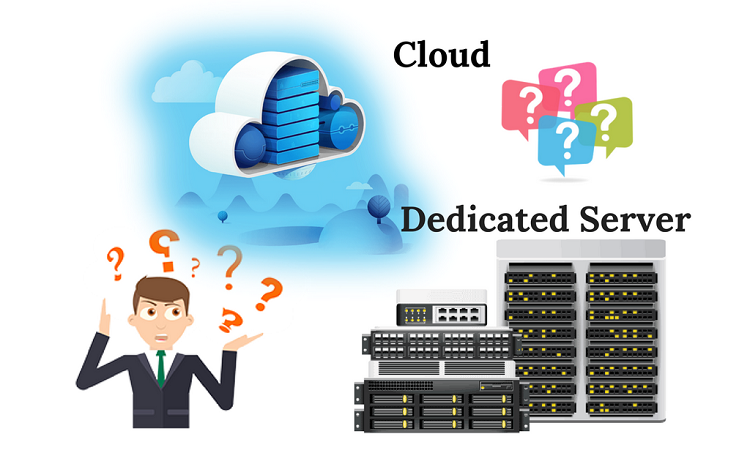How to choose a cloud computing technology for your JOBs
Cloud computing technology becomes a standard when talking about developing applications nowadays. A few years ago, companies were enforced to have dedicated teams for configuring, running and maintaining server rooms which made it extremely difficult to scale up easily and offer a sustainable product. For small startups, it was even more difficult due to the lack of human resource as well as funding.
In present days, not only there are cloud computing technologies for almost every architecture you might imagine, but the cloud vendors also compete nonstop about our (the developers) attention. Most of the largest tech companies, like Google, Amazon and IBM launched cloud services in the past few years. They advertise, offer free tiers, present in tech conferences and conduct free-of-charge workshops for experiencing with their cloud solutions. They are aware that once you fall in love with their services, it will most likely be your favorite choice in every project for years to come.
So what is a cloud provider anyway? A cloud provider is an entity that offers cloud services for operating your application. Operating may include running servers, serving your application, hosting static files, providing database solutions, handling networking between servers, managing DNS and much more. Different cloud vendors offer different levels of abstractions in their services, usually defined as IaaS vs. PaaS.

IaaS, or infrastructure-as-a-service, refers to a low-level solution, like providing a Linux Ubuntu server with nothing installed on it. This kind of solutions is suitable for more advanced developers who have experience with designing, configuring and securing servers infrastructure in all aspects. IaaS services provide you with flexibility and scalability down the road, and this will most likely be the way to go when designing application for scale. This approach requires, as already mentioned before, at least one developer in your startup who has this skill-set, otherwise, your product will turn into a big mess sooner than later.
PaaS (Platform-as-a-service)
PaaS, or platform-as-a-service, refers to a fully-maintained and managed environment that is hidden under a layer of abstraction you should not even care of. The cloud vendor takes care of maintaining the servers needed for the operations for you, and you get high-level databases for storing your data, services for user authentication, endpoints for client side applications etc. This approach is much easier and faster to get up and running with, and typically satisfies most of the basic applications. You should take into consideration though, that for more complex architectures it might not be enough.
Generally speaking, both IaaS and PaaS are huge time-savers when dealing with deploying and serving applications. You are able to run a server with a click-of-a-button and usually pay per use. Scaling your servers can be done manually or even automatically using APIs when a peak in traffic suddenly occurs. You can be sure that you’re in a good company (as long as you choose wisely) and whatever you can imagine, you can basically create.
cloud providers list
In early-stage startups, using cloud computing technologies became a standard because of the flexibility, the pricing models and the accessibility. Choosing the best cloud service for your startup is an essential task every technological entrepreneur must perform. As the head of development in your company, you should know the differences between the main alternatives, and choose the one that suits your product best.
Technical debts may stack up in a case of a bad decision. In addition, migrating an entire architecture from one cloud provider to another is not considered to be a trivial task at all. Therefore, you should be able to know the differences, experiment with each of the main alternatives and make a wise decision.